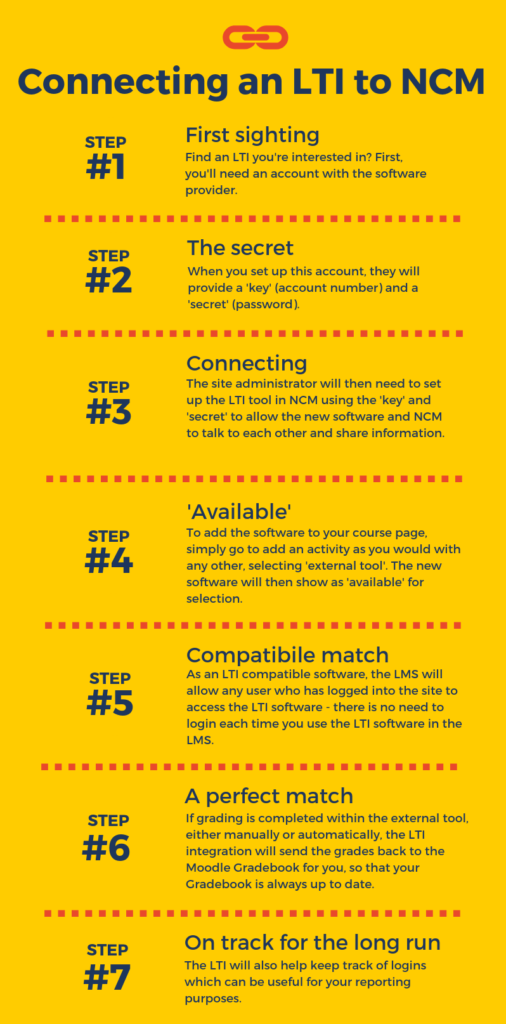Keeping EdTech on track: LTI integration of learning technologies

As a young woman my aunt moved to Melbourne, nearly 1,500 kilometres from her home town of Grafton in the far north of New South Wales. As my Nana couldn’t drive and Pop could rarely take enough time off work (for what would then have been a two to three day drive each way), Nana would take the train to visit her. However prior to 1962, the trains in New South Wales and Victoria used rail gauges of different widths, meaning that at the border Nan would be forced to swap trains.
These days, such an oversight on the part of early planners and politicians seems to show a lack of foresight. Yet this lack of forward thinking is not uncommon when new technologies are being developed. We only have to look at today’s rivalry between Apple and Android to see modern consequences – if an app is not created using coding language that both systems can read, then it potentially can only be used on one. The same challenge is faced by learning management systems (LMS).
With many different LMSs available and more always developing, writing a technology that integrates with them can be difficult. The good news is that there is an organisation that has created a standard. Defined by the IMS Global Learning Consortium, the Learning Tools Interoperability (LTI) standard links content and resources to learning systems.
What is LTI?
The LTI standard links external, third party learning applications with LMSs in a standard way to create a single integration workflow. Learning applications (such as Lynda.com and Pearson eTexts) are called ‘Tool Providers’ and learning systems such as LMSs are called ‘Tool Consumers’.
How does it work?
LTI’s are already used in many of Navitas’ Navitas Core Moodle sites. To connect an LTI learning software to NCM, the administrator to the LMS needs do the following:
How do I know that the learning app will work on the LMS?
There are two options for determining whether a software is LTI compatible:
- You can either search on IMS Global Learning Consortium website.
- Most learning applications would advise that they have an LTI component. Commonly used ones include Lynda.com and McGraw-Hill.
Can I still use a learning app that doesn’t follow the standard?
If you discover a learning app and want to integrate it with Moodle, then you will need to go through an assessment and development process.
LTI tools are a great way to easily integrate learning tools into your LMS without needing to worry about compatibility or custom development. It enables educators to consider tools and resources available from sources other than their LMS, and customise their course content and online classroom.
For more information, contact Meg James.

